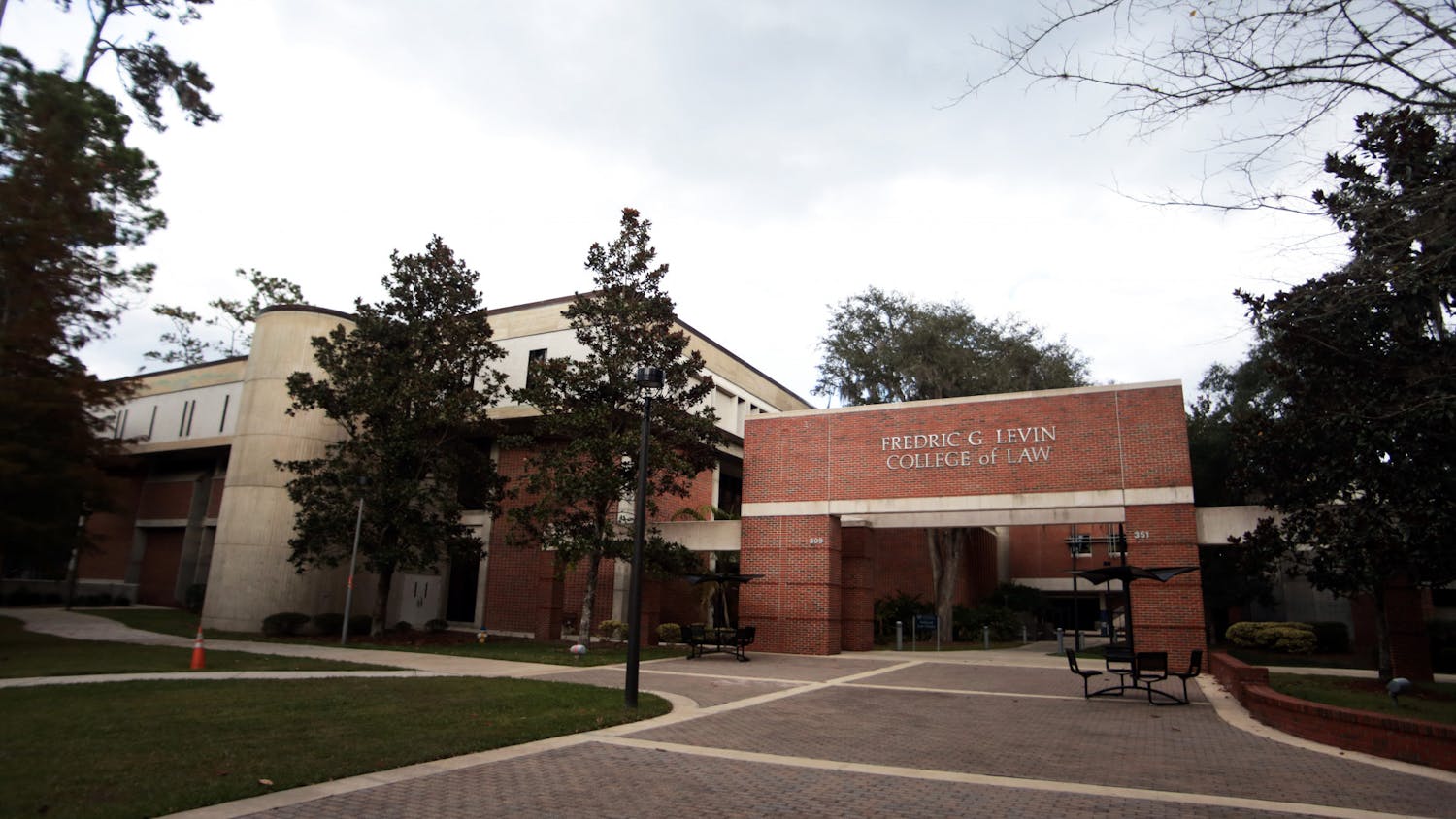UF researchers identify brain receptor in rats to help improve working memory
UF researchers have discovered the specific brain receptor that maintains “working memory.”
Working memory is the ability to retain information for a short time, which can diminish with age, said Joseph McQuail, the postdoctoral fellow who led the study. The findings, published Dec. 14, suggest potential drug treatments targeting these receptors would improve people’s working memory.
The researchers studied cognitive decline in young and old rats, looking at how brain receptors were affected by age, he said.
“Working memory is a foundational aspect of higher order cognition,” McQuail said. “It is important in remembering what you have done, what you need to do and how you will accomplish that goal.”
McQuail said the three-year project enables possible approaches for researchers to study memory impairments and other neurological diseases.
Drugs that block the receptors could further damage people’s working memory, he said. Although each neurological disease is different, researchers now know which receptors to target.
As people age, they often experience decreased memory abilities, McQuail said. He said enhancing working memory will help older individuals manage complex activities which help them to live independently.
“If we protect working memory, we can extend the period at which individuals can experience high quality life,” McQuail said.
- Meredith Sheldon
Researchers discover new classifications of fungi
UF researchers have successfully classified microscopic fungi into two new groups.
UF plant pathology professors have been working to understand the relationships between microscopic fungi, said Matthew Smith, an assistant professor in the department of plant pathology. Smith said he oversaw UF’s role in discovering the new fungi classifications.
“It’s like a family tree,” Smith said. “What we thought was one big family tree is actually two distinct lineages of fungi that separated much longer ago than we thought.”
Smith, along with a team of researchers, worked to grow and analyze different fungi for ZyGoLife, or Zygomycetes Genealogy of Life, a collaborative study with 13 labs across North America.
The success researchers had in the UF lab growing the fungi was due to Smith’s colleague, Gerald Benny, a retired UF plant pathology professor, Smith said. Researchers used Benny’s extensive fungi collection to help determine the new classifications.
By studying these fungi, researchers can better understand specific insect and human pathogens, which contribute to diseases, and utilize them to create biofuels and pharmaceutical compounds. But there is still a lot to learn about the microscopic organisms, Smith said.
“There’s still a lot of basic stuff that we don’t know and, for me, it is something that’s always part of the appeal,” Smith said.
- Teddi Woodson-Prade
Floridian killer snail is actually multiple species
Who said snails were harmless?
One UF researcher, along with colleagues from across the country, has discovered a deadly sharp-toothed species of the slimy mollusk, which happens to be native to Florida.
John Slapcinsky, the senior biologist at the Florida Museum of Natural History, along with researchers at Pomona College, University of Hawaii and Howard University discovered the new species, which was grouped together with a similar carnivorous snail, during the summer.
“They’ll eat almost any snail,” Slapcinsky said.
What scientists thought to be the Euglandina rosea snail, known for eating other snails, is actually two different species, he said. The Euglandina rosea, commonly called the rosy wolf snail, is native to Florida, but was introduced into Hawaii in the 1950s to eliminate snails that were considered pests. However, the different snail species, with its heightened sense of smell and long, sharp teeth, did its job too well.
Until now, the snail’s variations were attributed to factors like climate, so scientists didn’t think there could be an additional species, he said.
The rosy wolf snail is the only Euglandina species that’s named, but now Slapcinsky believes there could be up to 10 different species.
“This shows a really good example of why it’s important to be able to know the difference between your species,” Slapcinsky said.
- Grace Kenny






